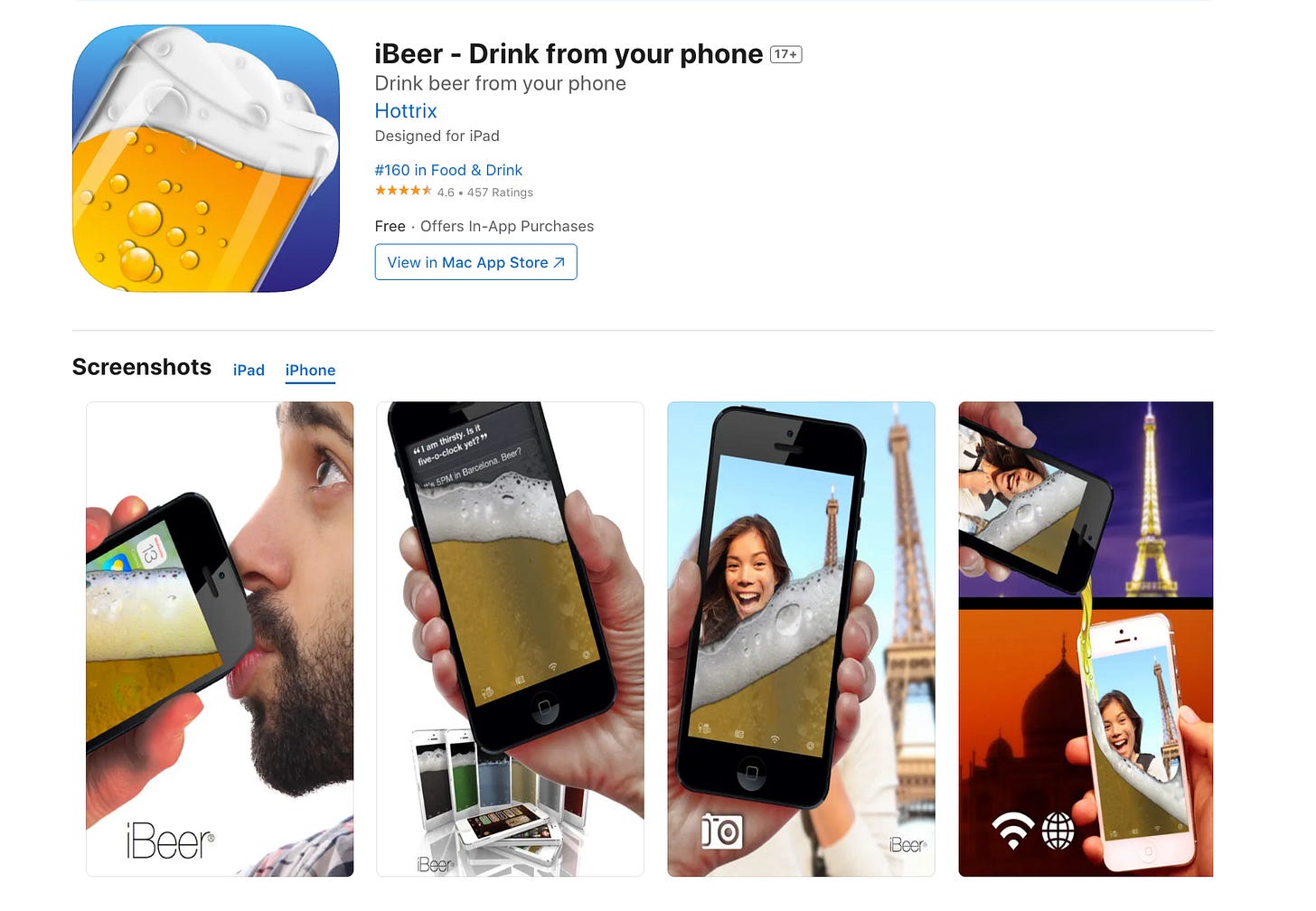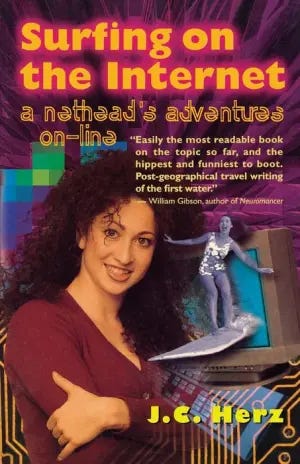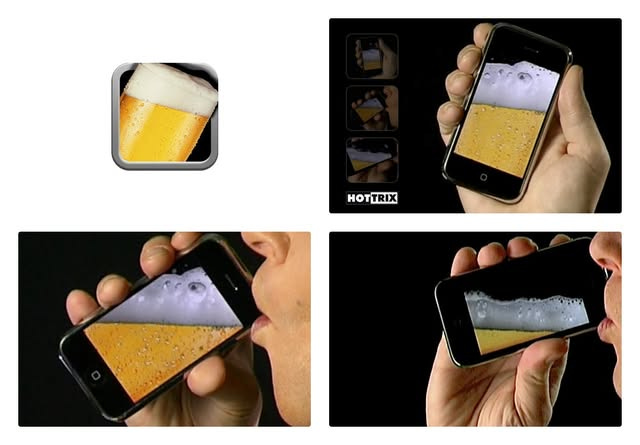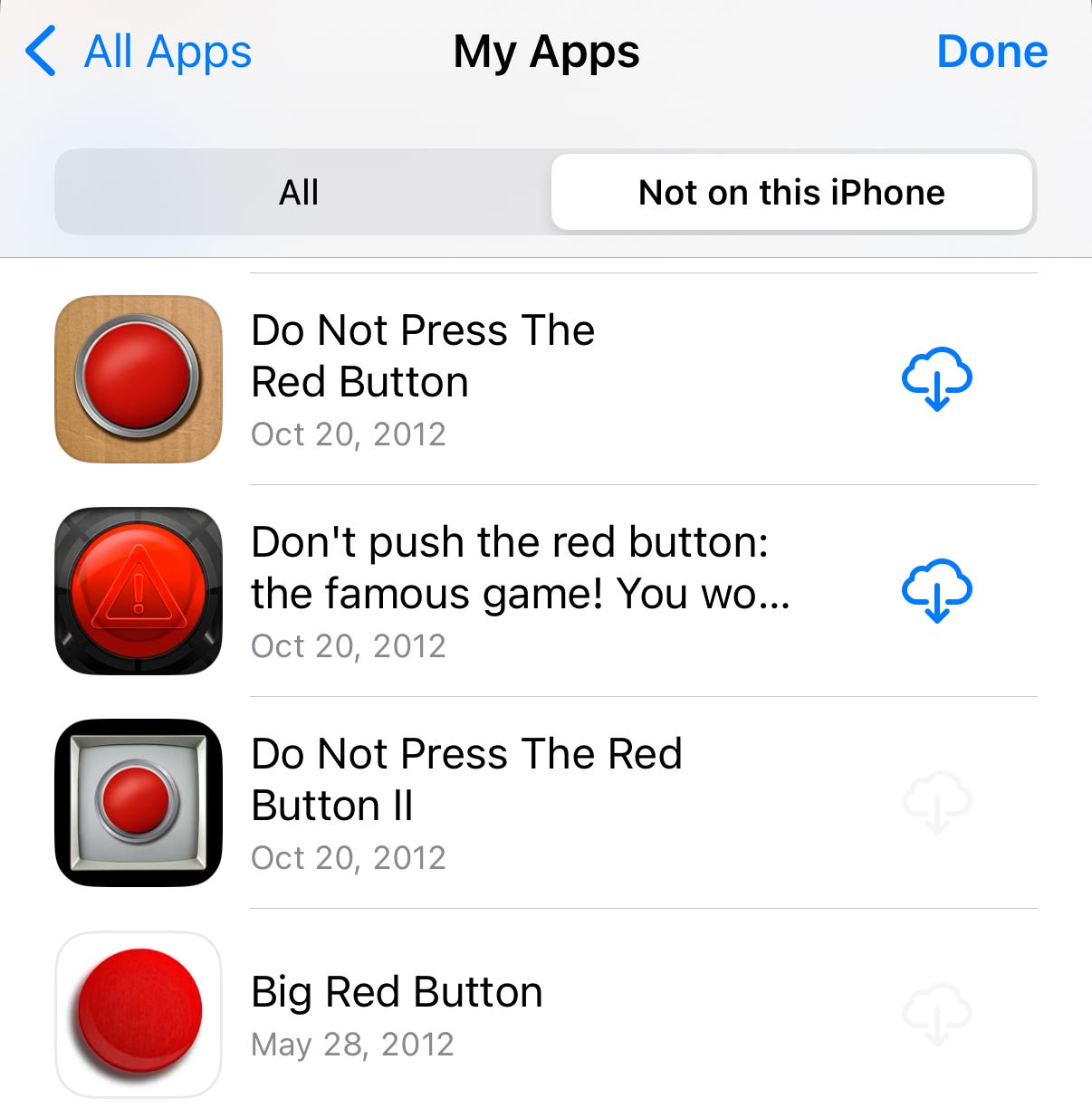Why we still love the iBeer app
Plus, what college newspapers had to say about "cyberculture" in the 1990s.
This issue of PHONE TIME includes: an ode to the app iBeer, dispatches on “cyberculture” from a few college newspaper archives, and a roundup of internet-related news.

iBeer isn’t anything fancy. You open the app to a virtual “glass” of beer, which you can hold up to your mouth and tilt to “drink.” A panel of buttons offers a few other options, such as adding a photo in the background of the beer or popcorn sound effects, but that’s about it.
I’d had iBeer on my meandering notes app list of random internet things to revisit and was reminded of it by a Web Design Museum post about it yesterday on X.
Developed by Steve Sheraton, a struggling magician at the time, iBeer shot to the top of the App Store on its first day in 2008, as Sheraton told MEL Magazine in a 2022 interview. Sheraton made a few million dollars from the app, he said in a 2022 “ask me anything” on the subreddit r/apple.
Opening up iBeer is like stepping into a portal to a very different time online. The app is full of buttons and pop-ups that no one today would have the patience for, but that is, of course, also the fun of it. iBeer reminds me of the scores of apps I downloaded when I first got an iPhone, which was quite early, probably around age nine (my interest in internet culture had to come from somewhere).
Some of these were also shared by Web Design Museum—notably, Fireplace for iPhone and Virtual Zippo Lighter for iPhone. Others I downloaded included, for some reason, four different versions of “big red button” apps.
iBeer’s simplicity and sheer fun factor explain why we remember it so fondly—iBeer pops up as Instagram meme page fodder from time to time—especially within today’s slop- and ad-filled internet.
From the archives
I came across this 1995 interview with J.C. Herz, the author of “Surfing on the Internet: A Nethead’s Adventures On-Line,” in The Harvard Crimson. “The result of sleep deprivation and stimulant overload is a sassy, hypercharged piece of cyberculture shock which reads like an extended Internet session and takes J.C. to the furthest points of cyberspace and back,” Meredith K. Broussard wrote.

“I think all of this cybersex stuff is just so amazingly campy that it's hysterical!” Herz told Broussard. In response to Broussard’s question about whether she spent “a lot of time on the net researching,” Herz said “Entirely too much time; I spent more time on the net than any human being should…I didn’t sleep, I existed on various forms of sugared cereal and lots of coffee.” Sounds like many of us!
I did a lot of flipping through the Columbia Spectator for some stories several months ago. In 1996, the paper had a recurring web culture section called “Netspace.” Topics covered include the “On-Line Expo” in New York, Ivy League websites, cybersoap operas, movie websites, and chat rooms. 1997 saw another recurring internet section, called “Cyber,” covering the five stages of high-speed internet connection, video chat, environment-related websites, sites about trash, Valentine’s Day sites, and online drink recipes.
“For those of us who are involved with media (from writers to video-game players to couch potatoes) everyday life has become inundated with images of the ‘future’ of life in the information age,” Carl F. Hertz wrote in the Daily Illini in 1994, reviewing several books on cyberspace. “Pop culture is the area in which ‘cyberculture’ is most prevalent. Commercials from AT&T and Nissan, televisions such as ‘Star Trek: The Next Generation’ and the music video industry bombard us with images of virtual-reality (VR).”
The Daily Princetonian covered a cyber cafe called Totally Wired, which offered high-speed internet, email, CD-Rom titles, and more, in the Spring of 1997.
“You don’t have to be a technology buff to enjoy Totally Wired. The menu offers a cyber theme with Accessories & Peripherals (appetizers) from mozzarella sticks to chicken pops, Cyber Sandwiches like a veggie burger to Megabyte Sandwiches like The Multimedia with turkey, ham, and cheese with Russian dressing. Mainframes (entrees) include such favorites as the Web Site (grilled chicken and olive or red pepper pesto over pasta) and the ChiliConNection. And the Final Input desserts are guaranteed to fill your hard drive.”
The overly techy concept struggled and the restaurant soon re-opened as Verdge Technology Diner, which then closed in 1998. In 2001, a new “wired” restaurant opened: Panera. “Signs indicate that customers are welcome to plug their laptops into wall outlets, though few take the cafe up on the offer, perhaps providing a barometer of the public’s interest in typing while eating.” How times have changed…
Elsewhere online
Internet Roadtrip has an air freshener now.
“Threads follows Instagram with more links in bio”—Jess Weatherbed, The Verge. Threads users can now add up to five links in their account bios, whereas they could previously only include one. Instagram previously gave users the ability to have five links, rather than just one, in their bios in April 2023.
“TikTok will show teens guided meditation after 10PM”—Emma Roth, The Verge.





man this took me RIGHT back
1. need to know your thoughts on threads - are people using it? 2. thoughts on tik tok meditation after 10 pm- will that work? lol